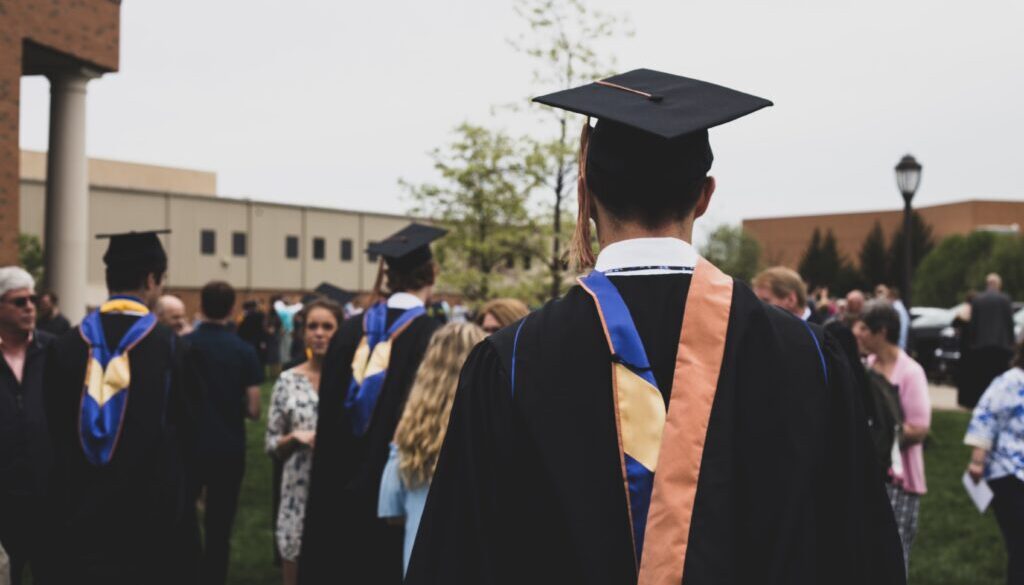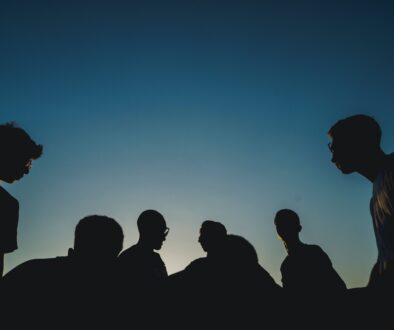How the model minority myth hurts us…
The model minority myth has followed many of us around our entire lives and we often don’t question it’s truthfulness. But, by not doing so, we are missing out on important yet difficult conversations about privilege in our own communities. This is particularly apparent when it comes to educational attainment.
You will notice from the chart above, that educational attainment varies significantly across the South Asian community. While 81.9 percent of Indians ages 25-64 have a BA or higher in the United States, this success is a sharp contrast to the Bhutanese community, where only 6.9 percent of the population has gotten at least a BA degree.
The Bhutanese population is made up of mostly refugees that have arrived here over the past decade and made their home in America. According to the White House, 85,000 Bhutanese refugees have resettled in the United States, with the largest populations residing in Texas, New York, Indiana, North Carolina, and Georgia.
We can also see that while more South Asians have achieved a BA or higher between 2000 and 2019, this hasn’t been true for ever group within the community. The percentage of people getting a BA or higher actually decreased for those in the Nepali community from 57.5 percent in 2010 to 46.5 percent in 2019. It is unclear from the few research articles we found on Nepali immigrants why the percentage of people with a BA or higher declined – but this could definitely be an area of further research.
When we broke down the percentage of people receiving a BA or higher by nativity (whether residents were US-born or immigrants), we found that Immigrants tended to also have lower percentage with a BA or higher across all the South Asian groups where it was possible to compare.
This is important because education is an important metric to evaluate economic mobility for the Desi community. South Asian immigrants have varied educational backgrounds and expanding avenues for our immigrant communities to utilize their skills and contribute matters. Providing pathways for more immigrants in the United States to access education is also important in improving the overall health and economic wellbeing of everyone in our society.
There have been groups that have popped up across the United States which are making an effort to integrate those in the Bhutanese refugee community such as the Bhutanese Community of Central Ohio and Bhutanese Community Association of Pittsburg (BCAP). These organizations provide social assistance to refugees and help them begin their new life in the US. But more can be done to support these groups and others who are helping to support those who are struggling amongst us.



